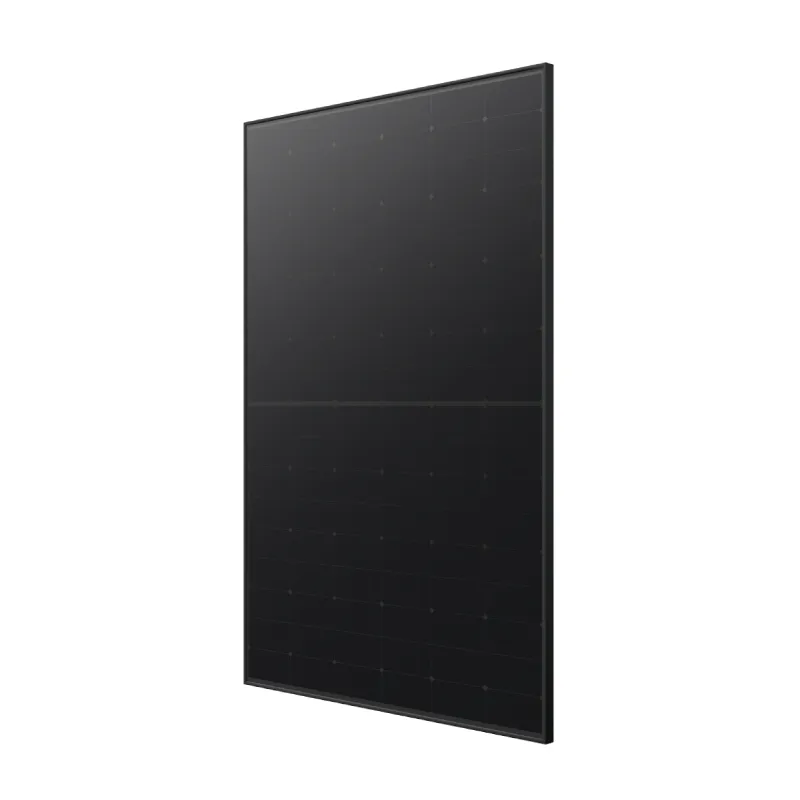efficiency of bifacial solar panels
The Efficiency of Bifacial Solar Panels An Emerging Solar Technology
In recent years, the quest for renewable energy sources has led to the rapid development and deployment of solar technology worldwide. Among the various innovations in this field, bifacial solar panels have emerged as a promising solution for maximizing energy production. By utilizing both sides of the panel, bifacial solar panels are able to capture more sunlight, leading to enhanced efficiency compared to traditional monofacial panels.
Bifacial solar panels are designed with photovoltaic cells on both sides, allowing them to harness direct sunlight as well as reflected sunlight from the ground
. This dual-sided capture system significantly increases energy yield. The efficiency of bifacial solar panels can vary, but many models demonstrate an increase of 10% to 20% in energy production compared to their traditional counterparts, especially in environments where ground surfaces can effectively reflect sunlight, such as snowy areas, sandy deserts, or even lightly colored rooftops.The performance of bifacial solar panels is influenced by several factors, including the tilt angle, albedo (the measure of reflectivity of a surface), and installation height. Panels installed at a higher elevation can collect more reflected sunlight from the ground, enhancing their overall efficiency. Additionally, the type of surface beneath the panels can significantly impact energy generation. For example, light-colored, reflective surfaces can improve the amount of sunlight reflected to the rear side of the panel, leading to higher energy output.
efficiency of bifacial solar panels

While bifacial solar panels demonstrate superior efficiency potential, other performance aspects must also be considered. For instance, the longevity of these panels and their durability under various environmental conditions is a critical factor. Bifacial solar panels are typically designed to withstand harsh weather elements better than standard panels, given their more robust construction and materials, which may contribute to a longer lifespan and reduced maintenance costs over time.
The installation of bifacial solar panels can also pose unique challenges. Proper orientation and figuring out the optimal tilt angle require careful planning to ensure that both sides of the panel receive adequate sunlight throughout the day. Furthermore, the cost of bifacial panels is generally higher than that of traditional panels, primarily due to the advanced technology and materials involved in their manufacture. However, given the potential for higher energy yield, many homeowners, businesses, and utility-scale projects find that the investment in bifacial solar technology pays off in the long run through increased energy generation and decreased reliance on fossil fuels.
As many countries push for more sustainable practices and aim to meet stringent carbon reduction goals, bifacial solar panels offer an attractive solution. Their enhanced efficiency, coupled with advancements in solar technology, positions them as a leading candidate for future solar energy projects. As more data becomes available from real-world installations, the solar industry will continually refine the technology, further improving the efficiency and reducing costs associated with bifacial solar panels.
In conclusion, the efficiency of bifacial solar panels marks a significant leap forward in solar technology. By effectively utilizing reflected sunlight and optimizing energy production, bifacial panels present a compelling opportunity for both residential and commercial applications. As the world transitions toward sustainable energy, bifacial solar panels may very well play a pivotal role in the future of solar energy generation, making it an exciting area for further research, investment, and development.
-
Unlocking Energy Freedom with the Off Grid Solar InverterNewsJun.06,2025
-
Unlock More Solar Power with a High-Efficiency Bifacial Solar PanelNewsJun.06,2025
-
Power Your Future with High-Efficiency Monocrystalline Solar PanelsNewsJun.06,2025
-
Next-Gen Solar Power Starts with Micro Solar InvertersNewsJun.06,2025
-
Harnessing Peak Efficiency with the On Grid Solar InverterNewsJun.06,2025
-
Discover Unmatched Efficiency with the Latest String Solar InverterNewsJun.06,2025







